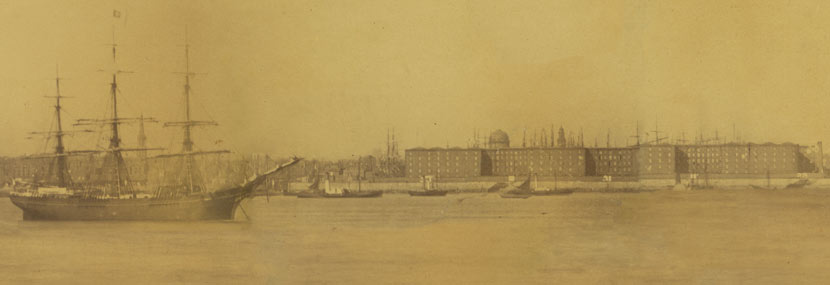Liverpool Docks
The Liverpool Docks
The Liverpool docks, constructed over the Mersey River, were built in order to keep sailing ships and larger vessels afloat to combat the extreme tidal differences of the river. The first dock was built in 1715, and the area was heavily used until its decline in the early 1900s. Much of the area’s growth and success was supported through the docks’ involvement and success in the transatlantic slave trade up until it was banned at the beginning of the 1800s. In 1839, the largest and most difficult to engineer dock, the Albert Dock, was proposed to be built and finally completed in 1846. The Albert Dock was incredibly innovative due to its design that included warehouses, and at its peak, in the early 19th century, it had 40% of global trade passing through.
The decline of the Liverpool Docks was largely due to its incompatibility with the rise of containerization. The docks were mainly designed for smaller vessels and sailing ships, and weren’t built to accommodate larger container ships. The Battle of the Atlantic in World War II was the last time in the Albert Docks were largely in use. Afterward, the area was redeveloped into mainly a tourist attraction, with the opening of the Merseyside Maritime Museum and The International Slavery Museum in the 1980s. Today, Liverpool is beginning to construct a larger container terminal which will hopefully bring about a renaissance to the area.
Works Cited
“Construction, Heyday and Decline.” National Museums Liverpool, https://www.liverpoolmuseums.org.uk/royal-albert-dock-liverpool/construc....
“The Fall and Rise of Liverpool Docks.” BBC News, BBC, 25 Nov. 2015, https://www.bbc.com/news/uk-england-merseyside-34859007.
“History of Liverpool.” VisitLiverpool, https://www.visitliverpool.com/things-to-do/maritime-and-heritage/histor...
Parent Map
Coordinates
Longitude: 0.000000000000
